Electrical switches and sockets are the final fittings installed after the house wiring has been completed. Switches are used to control lights and showers, whereas sockets are used to charge televisions, refrigerators, and washing machines, among other things.
Different types of switches and sockets are available depending on their intended use; listed below are some of the most commonly used switches and sockets. all available at jumia
Switches
1. One gang switch
One gang switches are classified into two types:
a. one gang 1 way and
b. one gang 2 way.

a. one gang 1 way
This switch is used to control a light that only needs to be switched from one position, such as in a store where you only need the light while entering and switching it off when leaving. However, it is not limited in the number of lights that it can control.
b. one gang 2 way
This switch controls lighting from two different locations, such as corridors, rooms with different entrances, and most commonly, bedrooms, where you do not need to go to the entrance point to turn off the light.
Two gangs switches
There are two kinds of two-gang switches. the same as in the case of a single gang and the inclusion are;
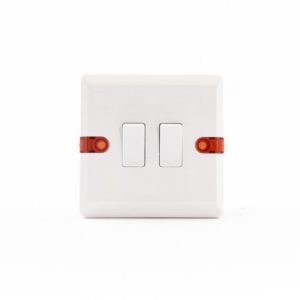 a.two gangs 1 way
a.two gangs 1 way
A two gangs 1-way switch is used to control lighting that requires only one switching position but is located in different locations, such as an outside light and an inside light.
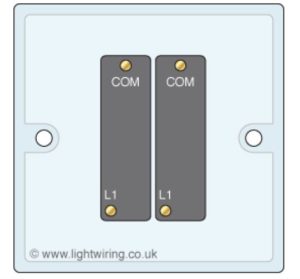
b.two gangs 1-way switch
In two gangs, the two-way switch is used to control lighting from two different locations, and the lighting is also located in various locations, such as along corridors.

Although it is more expensive, two gang 2way can be used in place of two gang 1way.
Three gang switches
They, too, are divided into two phases, as are the others.
T.
a.Three gangs 1 way
This one is used to control lights that must light at different times, but the switching position does not change. For example, if you have a gate light, garden lights, and an inside house light, it is best suited only if you want to control them all from one location.

b. Three gangs 2 ways switches
This applies when you want to control three lights from different locations but want to light all of them from the same location, such as a staircase lighting that needs to be controlled from the lower and upper floors, or a sitting light that you can control from the main entrance and turn off as you enter the bedroom, or even security lights from the lower and upper floors.
three gangs, Depending on how you want to control your lighting, 2ways can be used with one gang 2way or two gangs 2 ways.

Four gangs switches
Four-gang switches are available in a variety of designs, as shown below.
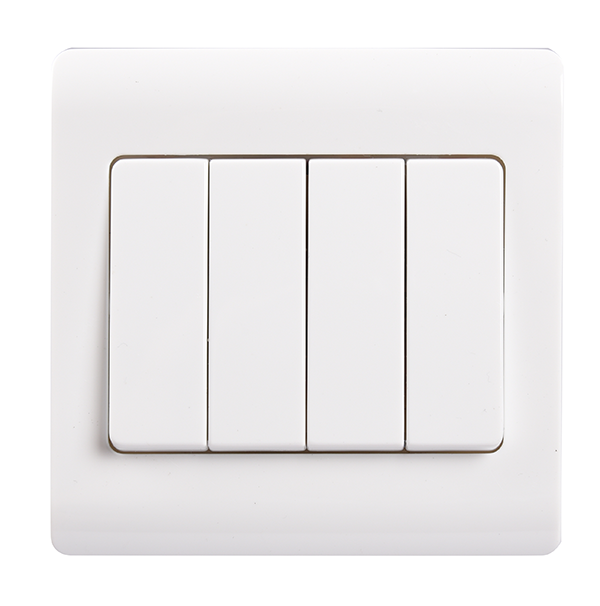

/product/86/704405/1.jpg?0353)
The classification is also similar to others, where we have one-way and two-way brands.
a. Four gangs 1 way
This one is intended to control lighting from four different positions and must be turned on and off at different times, but it can only be controlled from one point.
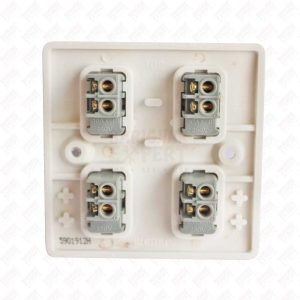
b. Four gangs 2 ways
This switch controls four different lightings from a single position by connecting to other two-way switches such as 1gang, 2gang, 3gang, or even four gangs depending on the position of the light being controlled.
Five and Six gangs switches
These are the most recent switches on the market, and they have both one-way and two-way operations, as well as the ability to control lighting in conjunction with others based on the number of gangs.
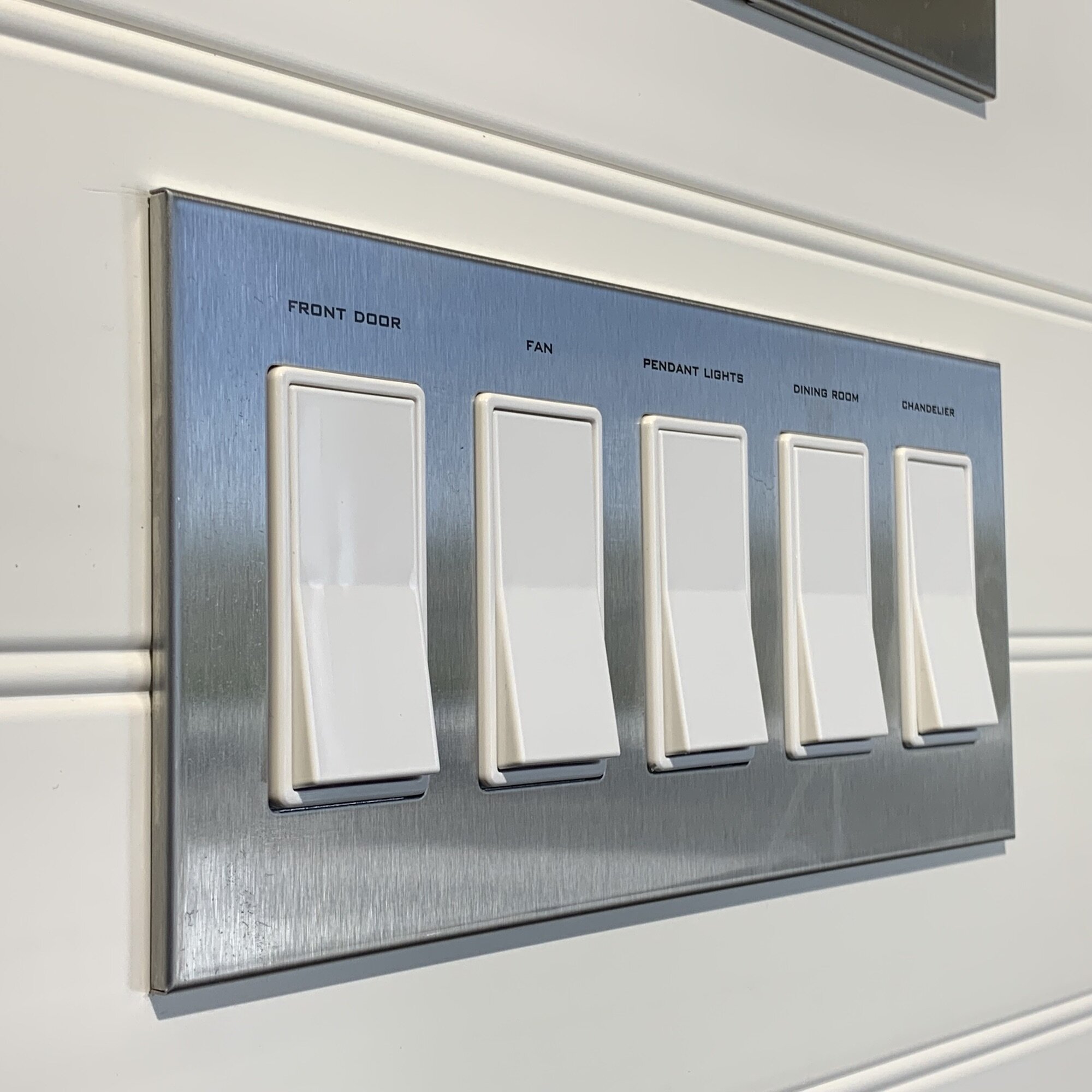

Intermediate switch
This is a one-gang switch used when a light requires more than two lighting positions and can only be used with two-way switches.
Heater switch
This is a switch used to control a shower head. It is also known as a double pole switch due to the four control terminals that are connected with an additional earthing terminal.
The terminals are separated for incoming and outgoing cables, and it has an indicator lamp to alert you when it is in use.

The only thing that differs between heater switch brands is the amperes and design.
Bell switch
This is a one-gang, one-way switch that is used to control the bell to notify someone at the door or gate. It always has the bell indicator symbol.
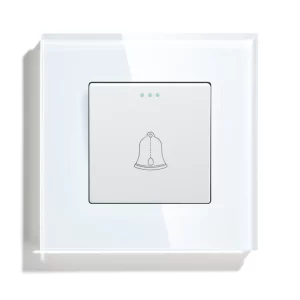
Pullcord switch
This is a one-gang switch with a cord that can be pulled to turn on or off the light. It is intended for use in areas where there is a risk of electrocution if the switch is directly touched, such as toilets.
For heater switches, a pull cor switch is also available.


Sockets
Sockets provide power to devices such as televisions also see types of televisions here, air conditioners, and refrigerators, as well as charging phones.
Single and double sockets are available, but they have different features such as USB ports for charging phones and other devices that require USB charging.
A single socket has only one port for plugging in your intended device, whereas a double socket has two ports, hence their names.
Both types of sockets include a switch for turning on and off each port.
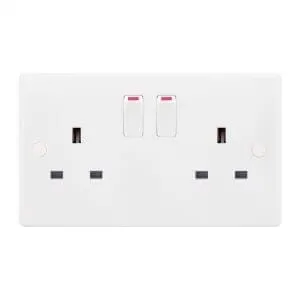

Some sockets include an indicating lamp that illuminates when they are turned on.
Cooker unit and a connector
between the switches and sockets, The cooker unit is both a switch and a socket because it contains a single switched socket on one side and a switch that controls the cooker on the other.
After the cables are controlled by the cooker unit switch, they are routed to the connector, where the connection between the switch and the cooker is completed.
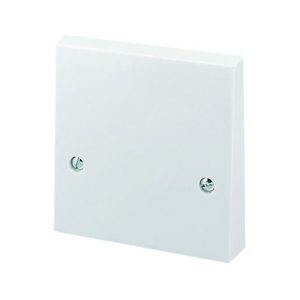
The majority of cooker units include a lamp indicator for both the socket and the switch.
Water Proof Switches and Sockets
These are switches and sockets designed to fit in places where there is a high risk of water, such as outside toilets and the gate’s bell switch.
The switches are covered with thick polythene to allow them to be easily turned on and off, and the sockets have a silled plastic cover that prevents water from entering.
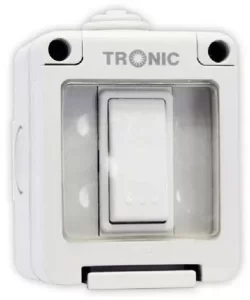
The switches and sockets listed above are simply the most commonly used switches and sockets for house fittings.

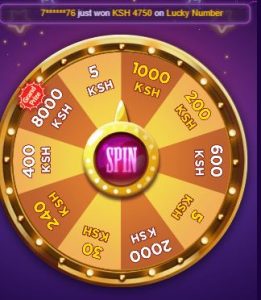
Leave a Reply